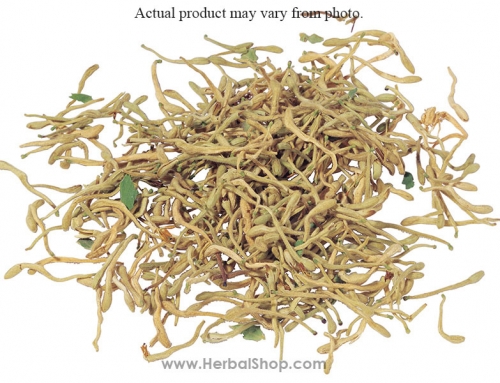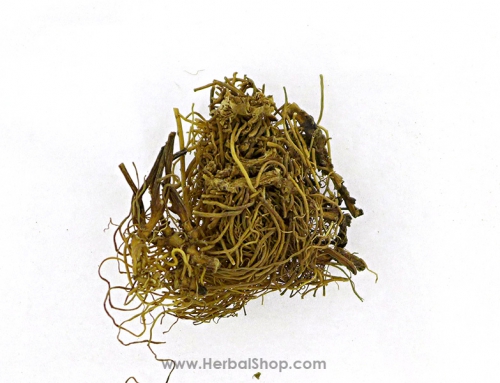樗白皮
Ailanthus bark (Chunpi)
Pharmaceutical Name: Cortex ailanthi
Botanical Name: Ailanthus altissima (Mill.) Swingle
Common Name: Ailanthus bark, Tree of heaven bark
Source of Earliest Record: Xinxiu Bencao
Part Used: The bark of roots or stems of the tree are obtained year round. After the superficial rough bark has been removed, the remaining bark is dried in the sun and then cut into pieces.
Natural Properties & Taste: Bitter, astringent and cold
Meridians: Large intestine, stomach and liver
Therapeutic Effects:
1. To clear heat, dry dampness and stop leukorrhea;
2. To astringe the intestines.
3. To stop bleeding.
4. To kill worms
Indications:
1. Damp-heat type of diarrhea or dysentery. Ailanthus bark (Chunpi) is used with Coptis root (Huanglian), Scutellaria root (Huangqin) and Costus root (Muxiang).
2. Yellow leukorrhea due to damp-heat. Ailanthus bark (Chunpi) is used with Phellodendron bark (Huangbai).
3. Menorrhagia or uterine bleeding caused by heat in the blood. Ailanthus bark (Chunpi) is used with Tortoise plastron (Guiban), White peony root (Baishao) and Scutellaria root (Huangqin).
Dosage: 3-5 g






